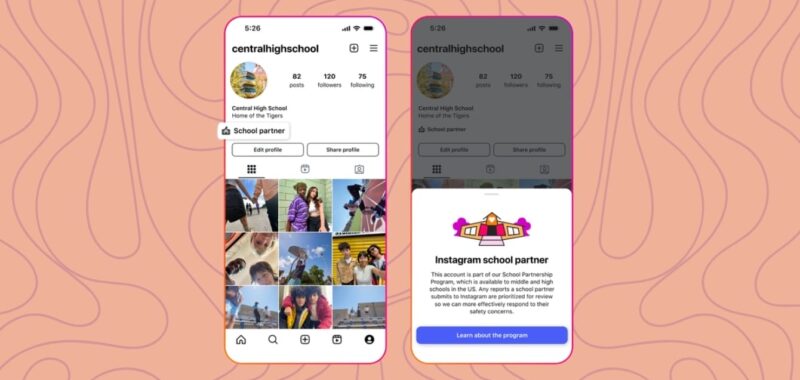Let’s get one thing straight: I’m not anti-tech. My older kids have phones—specifically Bark phones, which are designed with built-in parental controls, no access to app stores, and definitely no TikTok rabbit holes. I believe in giving kids tools to stay connected with their friends, not a front-row seat to every corner of the internet.
Because here’s the nuance: phones can help teens’ mental health, when used to connect meaningfully with real-life friends. In fact, research published by the University of South Florida found that for kids ages 11 to 13, digital communication—texting, messaging, FaceTiming—can actually support adolescent well-being when done in moderation and in the context of healthy friendships.
Social media? An entirely different ballgame.
The harms of social media on teen mental health are well-documented and deeply concerning. The U.S. Surgeon General’s 2023 Advisory on Social Media and Youth Mental Health made it clear: social media use is associated with increased risk of anxiety, depression, body dissatisfaction, and sleep problems, particularly among teen girls.
So yes, my kids can text their friends and call me when they need a ride. But scroll Instagram? Not yet. For our family, it’s a slow roll into mental maturity and social media. I’m not in a rush. (And yes, most of my friends’ kids say they have TikTok. And yes my kids sometimes beg me to give them access, but they also understand why we’re not budging.)
Related: These social media alternatives for kids give them social connection without sacrificing safety
Meta’s new School Partnership Program: A (cautious) step forward
That’s why I’m watching Meta’s latest move with cautious optimism. As of March 2025, Instagram is rolling out a new School Partnership Program aimed at helping middle and high schools report teen safety concerns—especially bullying—directly to the platform. Think of it as a fast lane for educators to flag harmful content and get it taken down quicker.
According to Meta, only 13% of students who are cyberbullied report it to a school, often because they assume nothing will be done. This program hopes to change that. Schools that opt in will receive:
- Prioritized reporting for harassment, bullying, or safety threats.
- Status updates on reports—so educators aren’t left wondering.
- Educational resources for parents, students, and staff.
- A visible Instagram partner badge on the school’s profile, so parents know who’s in the loop.
You can read Meta’s full announcement here.
I get that schools are overwhelmed. Educators are already juggling curriculum, behavioral issues, and, you know, teaching. But in the age of group chats gone wrong and “finstas” used for hate, social media fights don’t stay online—they bleed into classrooms, lunchrooms, and even homework groups.
So if this program gives schools an easier path to intervene? I’m all for it. But let’s be honest: this still puts too much burden on schools and not enough responsibility on tech platforms to fundamentally redesign their systems to be safe for kids.
Until we see stronger regulations and truly kid-first platforms, my strategy stays the same: controlled access, real conversations, and zero likes needed.
Phones don’t have to be the enemy. But unfettered social media? For now, I’ll pass.
👩🏫 Is your school interested in Meta’s School Partnership Program? Administrators can learn more or join the waitlist at about.instagram.com/community/educators.
📱 Want to know why Bark phones are getting buzz from moms like me? Check them out at bark.us.
Because when it comes to raising digital natives, connection matters—but so does protection.
Related: Why Australia’s social media ban for kids under 16 could change parenting worldwide

